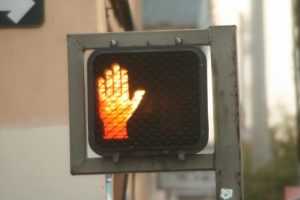Pedestrian accidents occur when a person on foot, walking, running, jogging, hiking, sitting or lying down is involved in a traffic crash. That’s per the National Highway Traffic Safety Administration (NHTSA), which reports there were nearly 5,400 fatal pedestrian accidents and 70,000 injuries just in 2015 alone.
In civil liability cases involving pedestrian accidents, one question that inevitably arises is comparative fault. That is, to what extent is the person who was struck by the vehicle also to blame? The NHTSA reports alcohol involvement was a factor in nearly half of all pedestrian accidents – which includes consumption by the driver and/ or pedestrian. Our injury lawyers work to present evidence that will discredit allegations of comparative fault, or at least minimize its impact.
In Florida, F.S. 768.81 is the state’s comparative fault law. It’s plaintiff-friendly in the sense that it will allow plaintiffs to collect on damages even if they are 99 percent at-fault and defendant is just 1 percent at-fault. However, the law does proportionately reduce the amount of damages based on that percentage. So for example, if plaintiff is deemed 70 percent at-fault and defendant is 30 percent at-fault, defendant would only be liable for 30 percent of plaintiff’s damages. In many other states, plaintiffs are barred from collecting any damages if they share half or 51 percent of the blame. In a handful of states, plaintiffs are not allowed to collect damages if they are at-fault to any degree. Continue reading ›
 Florida Injury Lawyer Blog
Florida Injury Lawyer Blog





